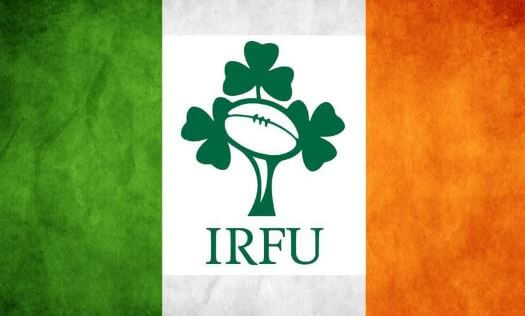By Guest Writer “AussieIrish”
Over the last few years Ireland has made a significant impression on world rugby, and the G&GR community at large. Given that work’s slow this time of year, and there isn’t much going on rugby wise down under, the time seems right to chip in and provide a background of Irish rugby, the structures, and the journey Irish rugby has taken to enable their teams to compete at the highest levels. However, to understand Irish sport and rugby, you must understand a little bit about the context in which it has developed, including the people and piece of land on which it sits, so let’s start there.
The lay of the land
Ireland (IRE-LAND) is an island (I-LAND) of two countries: the Republic of Ireland (Eire) with a population of approx 5.1 million and Northern Ireland with a population of approx 1.9 million. The island is also divided into four proud provinces: Munster, Connaught, Leinster and Ulster. Each province is further divided into counties. Ulster is the only province that spans both countries, with six counties in Northern Ireland and three in the Republic of Ireland. There are no physical borders between “the North” and “the South”, but there is a lot of history.

A brief history of Ireland
For thousands of years, each province of Gaelic Ireland had its own king with a “High King” being the overlord. In the 12th century, the High King from Connaught overthrew the King of Leinster (Diarmait or Dermot). But not one to give up, Diarmait decided it would be a great idea to invite Henry II of England to help him reclaim the crown. Sniffing an opportunity, Henry grabbed it, invaded and declared himself the “Lord of Ireland”. However, before the country could be brought under his full control, Henry II had to go and put down a rebellion instigated by his son in France (never a good look when your own son wants to get rid of you!). Henry’s departure left a small part of Ireland around Dublin (“The Pale”) controlled by the English and the rest (“beyond The Pale”) largely in the hands of the traditional Gaelic clans fighting it out with different English lords.
This arrangement and fighting carried on until the 16th century when Henry VIII decided it was time to finish things once and for all and re-invaded. Once more, the Irish proved a difficult bunch to control, so rather than trying to beat the Irish into submission, the next course of action was to try and breed them out, by providing Protestant families with land in the north.
Fast forward to the 20th century and the fighting between the Irish and the English was still going on; however, most Irish were relatively content as part of the United Kingdom. This all changed with events on Easter 1916 when a rebellion was launched in Dublin. British troops were deployed and quickly quelled the republican uprising, but in what turned out to be a terrible political decision, it was decided to execute the ringleaders of the rebellion. This act galvanised support within both Ireland and the United States to the republican cause leading to the Irish War of Independence, starting in 1919. In 1921, a settlement was reached whereby the island was split into two with Northern Ireland remaining part of the United Kingdom.
The impact of history on sport and rugby
What does this all have to do with sport and rugby? Quite a bit, as I will explain further. But a couple of points to round out this section:
- Northern Ireland typically makes up part of “Team GB”. This is why you see Irish athletes at the Commonwealth games. Northern Irish individual athletes, such as Rory McIlroy, get to choose which nation they will represent at the Olympics. Northern Ireland has its own soccer team. But when it comes to rugby, Ireland competes as one. More on this to come.
- Rugby is viewed as an “English” sport. When Lansdowne Road, the home of Irish rugby, was redeveloped, a special exception had to be raised to allow rugby to be played in Croke Park, the largest stadium in the country and the headquarters of the Gaelic Athletic Association (GAA), the governing body the traditional Irish sports of hurling and Gaelic football. There was a ban on the playing of any “English” sports on the hallowed ground of Croke Park, the site of Bloody Sunday in 1920 when British troops opened fire on unarmed civilians in response to a republican attack. If you have some time, this video that tells the story of Croke Park and the Ireland v England game that took place in 2007. No Words Needed: Croke Park 2007 (youtube.com) . Well worth watching with the match itself a great showcase of the power of passion in sport.
- Intra-provincial rivalry is massive and, as you can now appreciate, the rivalry is so much bigger than sport. All provinces share a dislike for Leinster (think New South Wales), but they can’t get along with each other either. This of course changes when they pull on the green jumper of Ireland. When playing for the country, all other differences are put to the side and the Irish are united once more.
In Part II I’ll look at how Irish rugby has overcome these historical and cultural challenges and achieved success on the international stage, and how it reflects the spirit and values of the Irish game.


